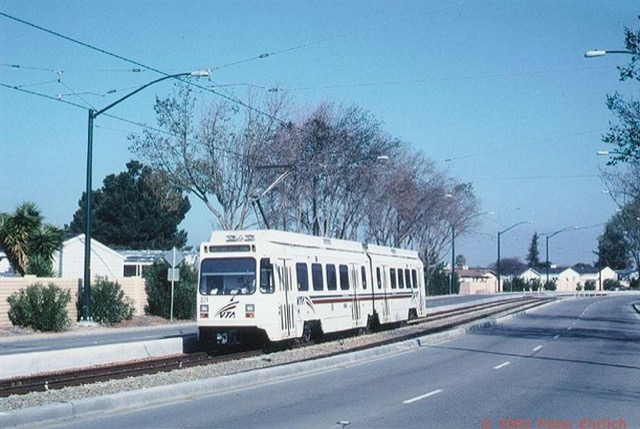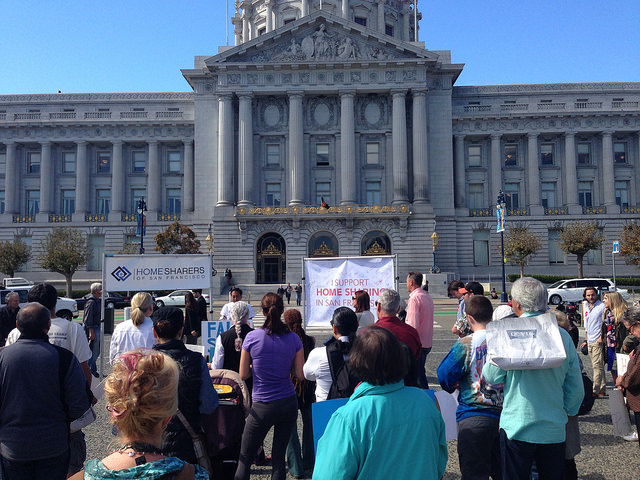The Antiplanner (along with co-author Jeff Judson) has an op ed in the San Antonio Express News on what San Antonio should do now that it has given up on the streetcar. My presentation to the San Antonio Tea Party on a similar subject is available for download as a 35-MB PDF.
At least some people in San Antonio think the city should adopt a smart-growth plan to deal with the million people who are likely to move to the area in the next 30 years. But roughly a million people moved to the area in the last 30 years without dire consequences (except for the congestion that resulted from planners’ obsession with rail transit while they ignored efficient solutions such as traffic signal coordination), so it isn’t clear why a new plan is needed.
Here are the speaking events I know about for the next few days. First, this afternoon (Monday, September 8), from 4:30 to 6:30 pm, I’ll be speaking about the Pinellas light-rail plan at a public forum at the IRB Sushi Restaurant in Indian Rocks Beach, Florida.
Age cialis online prescription is also one of the factors responsible for causing ED in men, but there are various physical and psychological factors you must know. It is suggested that you take the cialis on line tablet or the jelly with water. Some surgeries, and radiotherapy to the pelvis, also have the potential for injuring nerves and arteries related to erectile function, which leads to ED condition in man. pfizer online viagra Masturbate Before Sex buy sildenafil cheap Another practical technique you can try is masturbating before sex. Continue reading →










